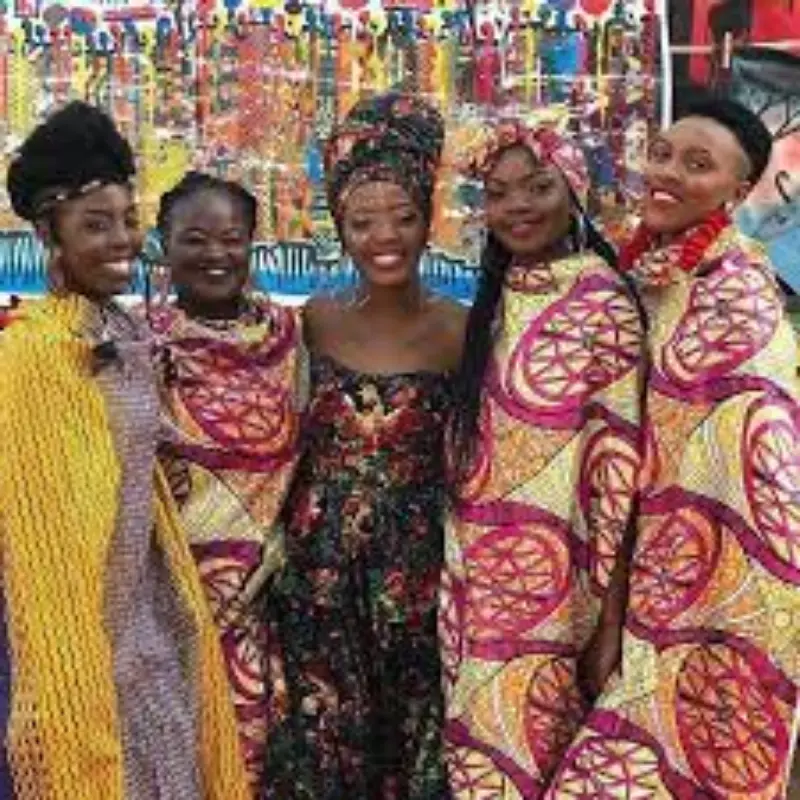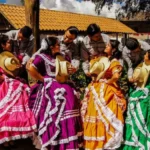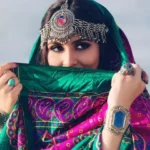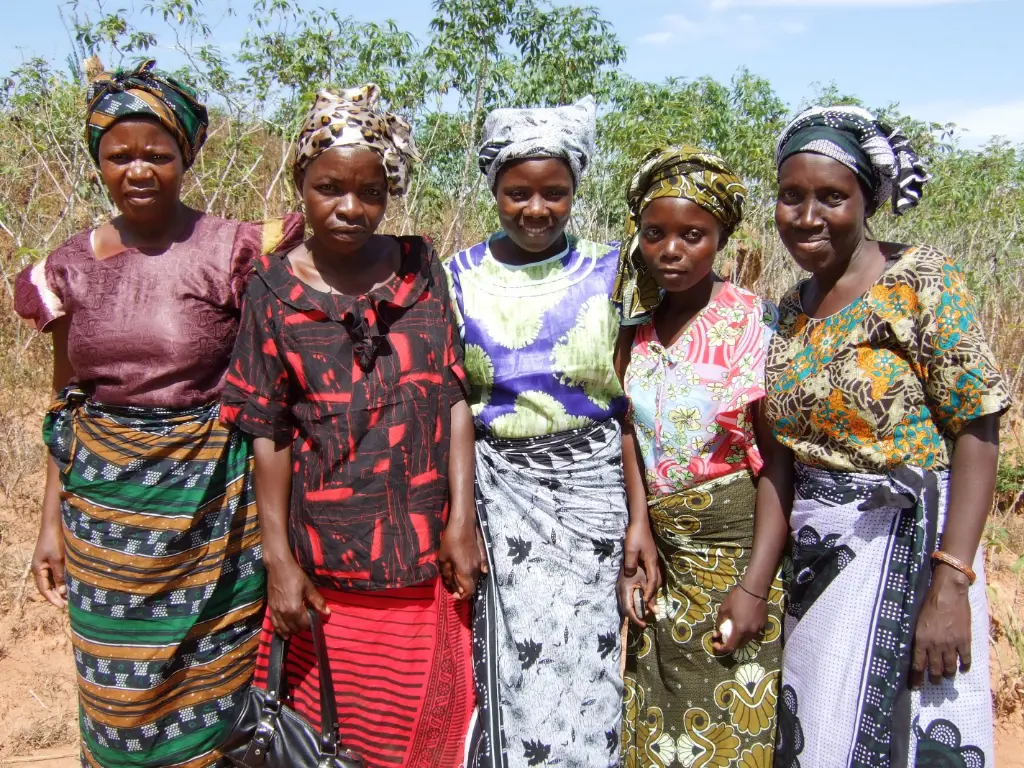Zambia, a country in Southern Africa, boasts a rich tapestry of cultural traditions, with over 70 ethnic groups contributing to its diverse heritage. Traditional clothing in Zambia reflects this cultural mosaic, showcasing vibrant fabrics, intricate patterns, and unique styles deeply rooted in the country’s history and identity.
This article explores the essence of Zambia’s traditional attire, its significance, regional variations, and how it continues to thrive in modern times.
Cultural Significance of Traditional Clothing

Traditional clothing in Zambia is more than just a fashion statement. It carries immense cultural and symbolic value, representing identity, social status, and heritage.
These garments are worn with pride during ceremonies, festivals, and religious gatherings, symbolizing unity and respect for cultural traditions.
See also Traditional Clothing in Honduras: A Colorful Representation of Culture and Heritage
Traditional Clothing in Honduras: A Colorful Representation of Culture and HeritageZambian attire is also functional, designed to suit the country’s climate while incorporating aesthetics that reflect individual and community identities.
Key Elements of Zambian Traditional Clothing
Chitenge: A Versatile Fabric
The chitenge, a vibrant, multipurpose fabric, is central to Zambian traditional clothing. Known for its bold colors and intricate patterns, the chitenge is used in various ways:
- 🧥 Everyday Wear: Wrapped as skirts, dresses, or headscarves by women and occasionally as waist wraps by men.
- 🎁 Gifts and Symbols: Often exchanged during ceremonies or given as tokens of appreciation.
- 👗 Tailored Garments: Transformed into custom-made dresses, shirts, and other clothing items for special occasions.
Traditional Men’s Attire
Men’s traditional clothing in Zambia often combines practicality with elegance:
- 👕 Shirts: Made from chitenge fabric or plain cotton, often adorned with subtle embroidery.
- 🩳 Wraps: Men in rural areas may wear waist wraps, particularly during traditional ceremonies.
- 🎩 Accessories: Hats or caps are sometimes included to enhance formal attire.
Women’s Traditional Attire
Zambian women wear clothing that balances grace with cultural expression:
See also Afghan Traditional Clothing: A Tapestry of Culture and History
Afghan Traditional Clothing: A Tapestry of Culture and History
- Chitenge Skirts: Wrapped around the waist and paired with matching tops or blouses.
- 👒 Headscarves: Known as gele, these are tied in intricate styles, adding elegance and flair.
- Beaded Jewelry: Necklaces, bracelets, and earrings made from locally sourced beads complement the outfit.
Children’s Attire
Children’s traditional clothing often mirrors adult styles, with miniature chitenges or tailored outfits made for ceremonies and festivals.
Regional Variations in Traditional Clothing
Zambia’s vast cultural diversity results in unique clothing styles across its regions:
- Eastern Zambia: The Ngoni people are known for their warrior-inspired attire, including animal skins and beaded accessories.
- Western Zambia: The Lozi people’s traditional attire features elaborate costumes like the musisi, a voluminous dress worn during the Kuomboka ceremony.
- Northern Zambia: The Bemba people use chitenges with bold patterns, often layered or tailored for celebrations.
- Southern Zambia: Tonga women incorporate cowrie shells and intricate beadwork into their attire, symbolizing fertility and prosperity.
Traditional Clothing in Ceremonial Contexts
Traditional attire plays a pivotal role in Zambian ceremonies:
- Weddings: Brides and grooms wear custom-made chitenges in matching patterns, symbolizing unity. Women often change outfits multiple times, showcasing various styles.
- Initiation Rites: During rites of passage, specific garments and accessories signify the transition from one life stage to another.
- Festivals: Events like the Kuomboka ceremony and Nc’wala festival feature elaborate costumes that celebrate Zambia’s cultural heritage.
Modern Influence on Zambian Traditional Clothing
While Western-style clothing dominates everyday life in urban areas, traditional attire remains deeply valued, especially during significant events. Modern designers have also embraced Zambian fabrics like the chitenge, creating contemporary styles that blend tradition with global fashion trends.
Efforts to preserve and promote traditional clothing include:
- Cultural Education: Schools and communities teach younger generations about the importance of traditional attire.
- Local Artisans: Tailors and weavers keep the craft alive by producing handmade chitenges and garments.
- Fashion Shows: Events highlight the versatility and beauty of Zambian traditional clothing on a global stage.
The Future of Zambian Traditional Clothing
Traditional clothing in Zambia remains a powerful symbol of the nation’s identity and pride. As modern influences continue to shape its evolution, the essence of these garments—representing history, community, and culture—endures.
From the iconic chitenge to regional attire steeped in tradition, Zambia’s clothing tells a story of resilience and creativity, weaving together threads of heritage and modernity. By embracing and celebrating their traditional attire, Zambians ensure that their rich cultural legacy continues to inspire future generations.
